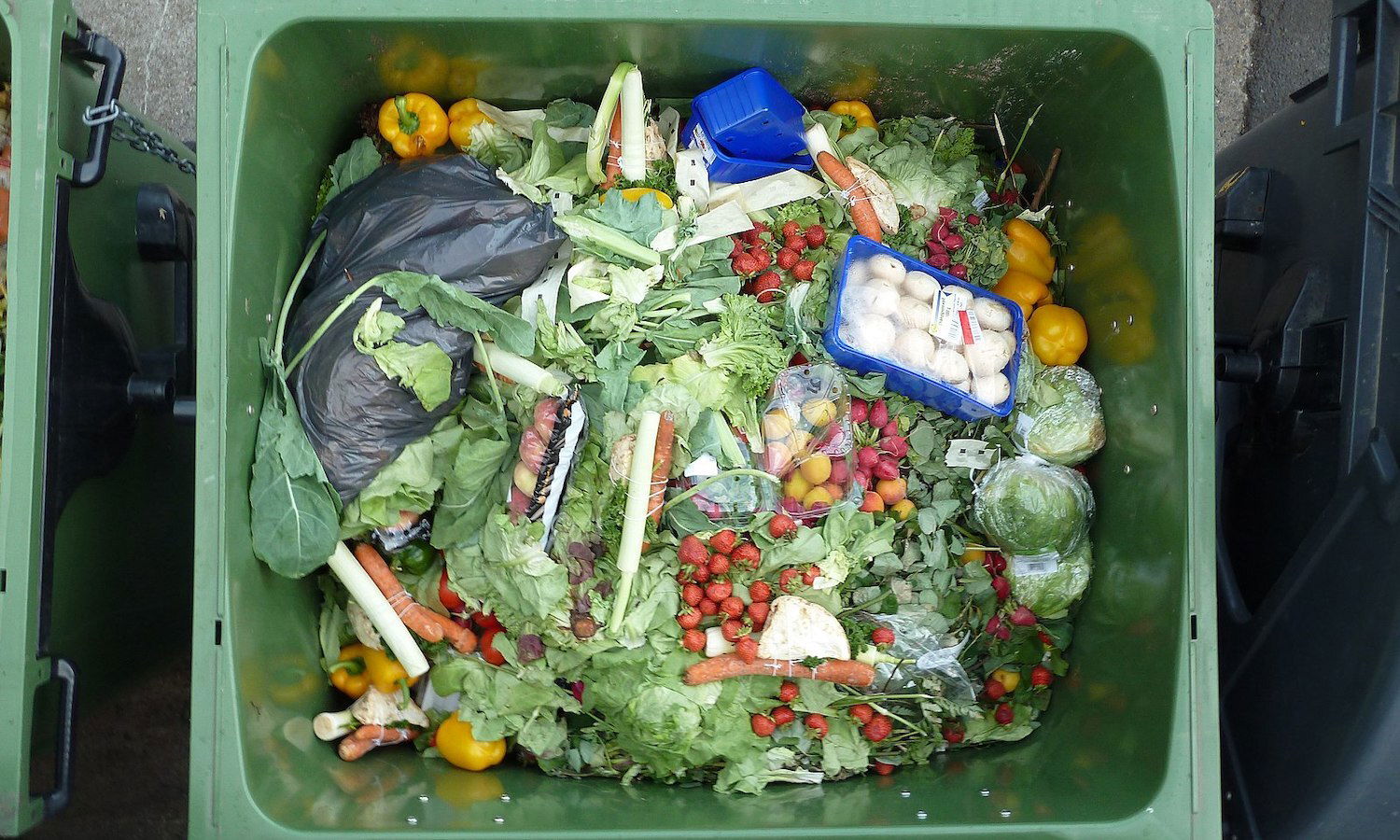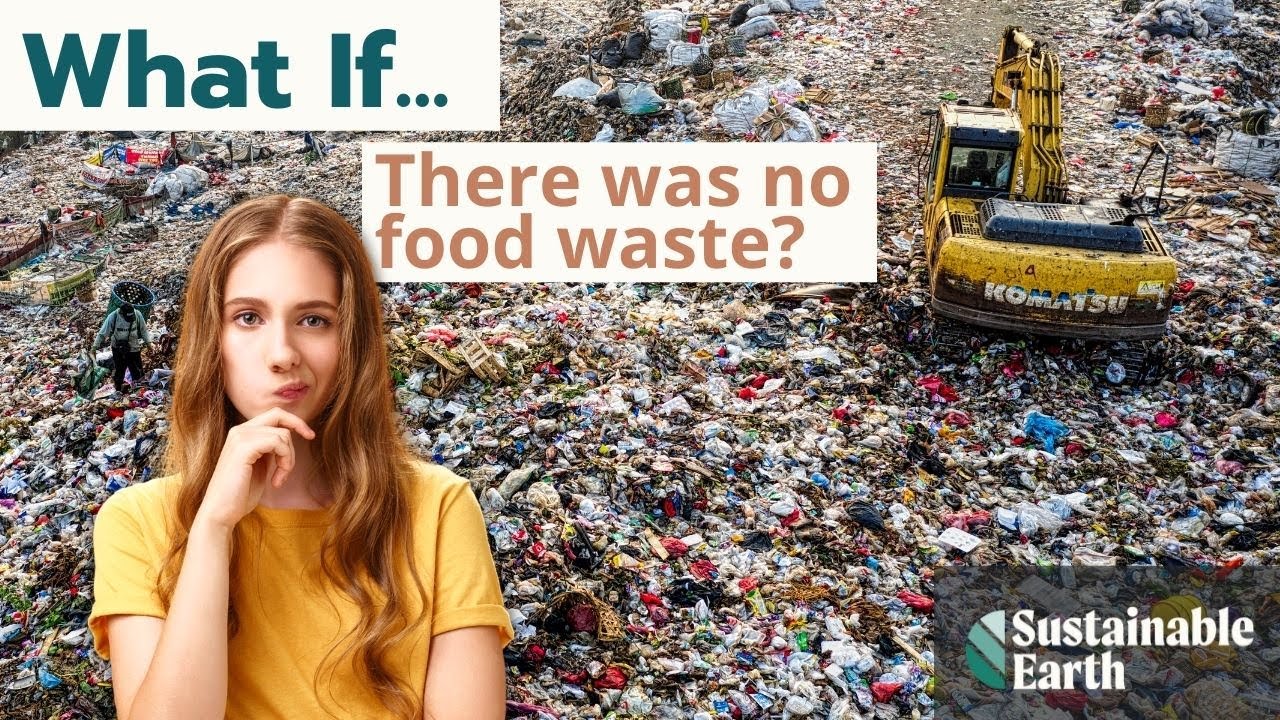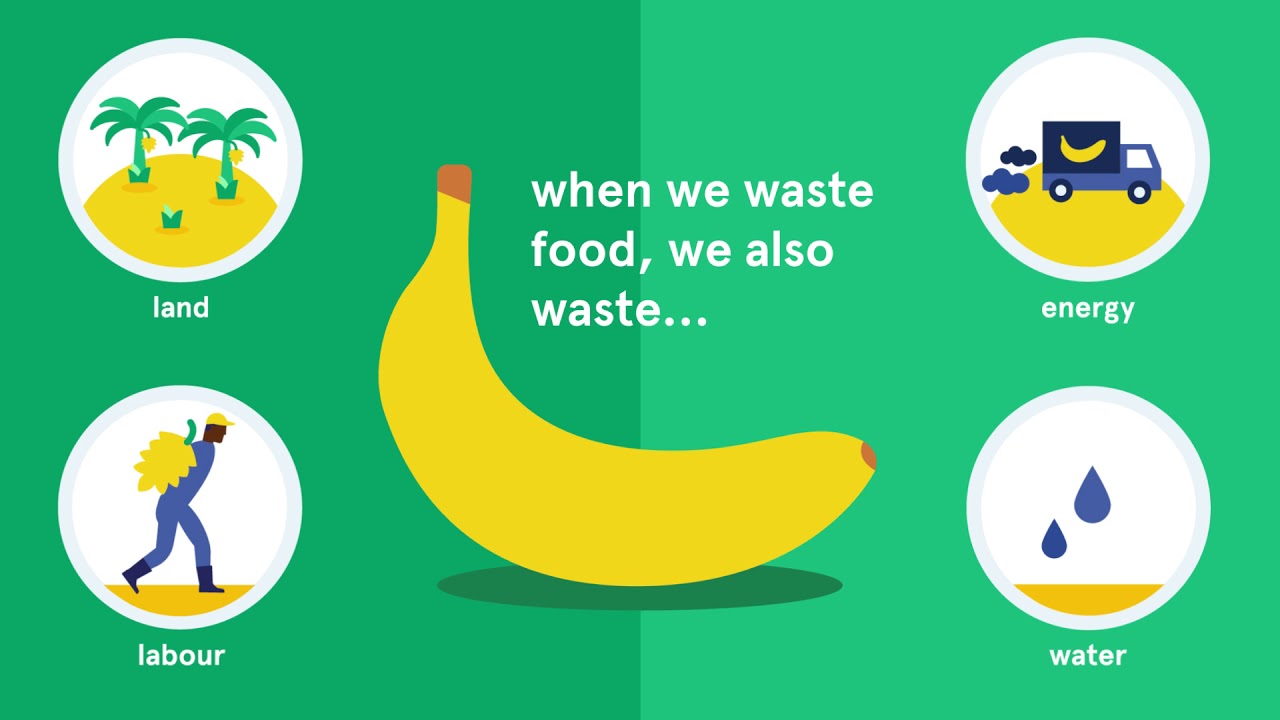MAKE YOUR FOOD SCRAPS COUNT-NO FOOD WASTAGE

What is Food Wastage?
Food loss and waste is food that is not eaten. The causes of food waste or loss are numerous and occur throughout the food system, during production, processing, distribution, retail and food service sales, and consumption.
Ways to reduce waste at home
- Take inventory before going to buy groceries and avoid buying too much.
- Organize kitchen with first in first out approach. Placing newly bought foods at the back of the cupboard or fridge will encourage people to use the food in the front row first, which will ensure freshness and reduce waste.
- Ensure that vegetable or produce bought is fresh.
- Composting. Even vegetable peels don't have to go to waste. Backyard composting is a great way to keep food waste out of the landfill and provide nutrition for your garden. You also can find small composting containers that you can keep in your home.
- Store food appropriately and eat left overs. Keep leftovers in the front. Label the container with a piece of masking tape that lists an “eat by” date.
- Prep vegetables as soon as you purchase them. Wash, chop, and dry them. Then store in labeled containers in clear view.
- Use left overs. Vegetable scraps and peels can be made into soup stock. Use stale bread to make bread crumbs or bread pudding.
- Share food with others
- Give left overs to dog/cats.
- Canning or pickling food can help to extend their shelf life and avoid spoilage. If a person accidentally buys too much of a particular food, preserving the food in this way can prevent it from spoiling and being thrown away.
- Make stock with chicken and or broth with food scraps.
- Oranges, Grapefruits, Other Citrus Fruits – Boil in water on the stove as a natural air freshener. It can also be dried and used to add to teas (eg orange peel tea). Use a mason jar and cover with vinegar to make an easy homemade citrus cleaner.
- Repurpose food
Benefits of Preventing Food Wastage at home:-
- Saves money
- Reduces greenhouse gas emissions
Comments





